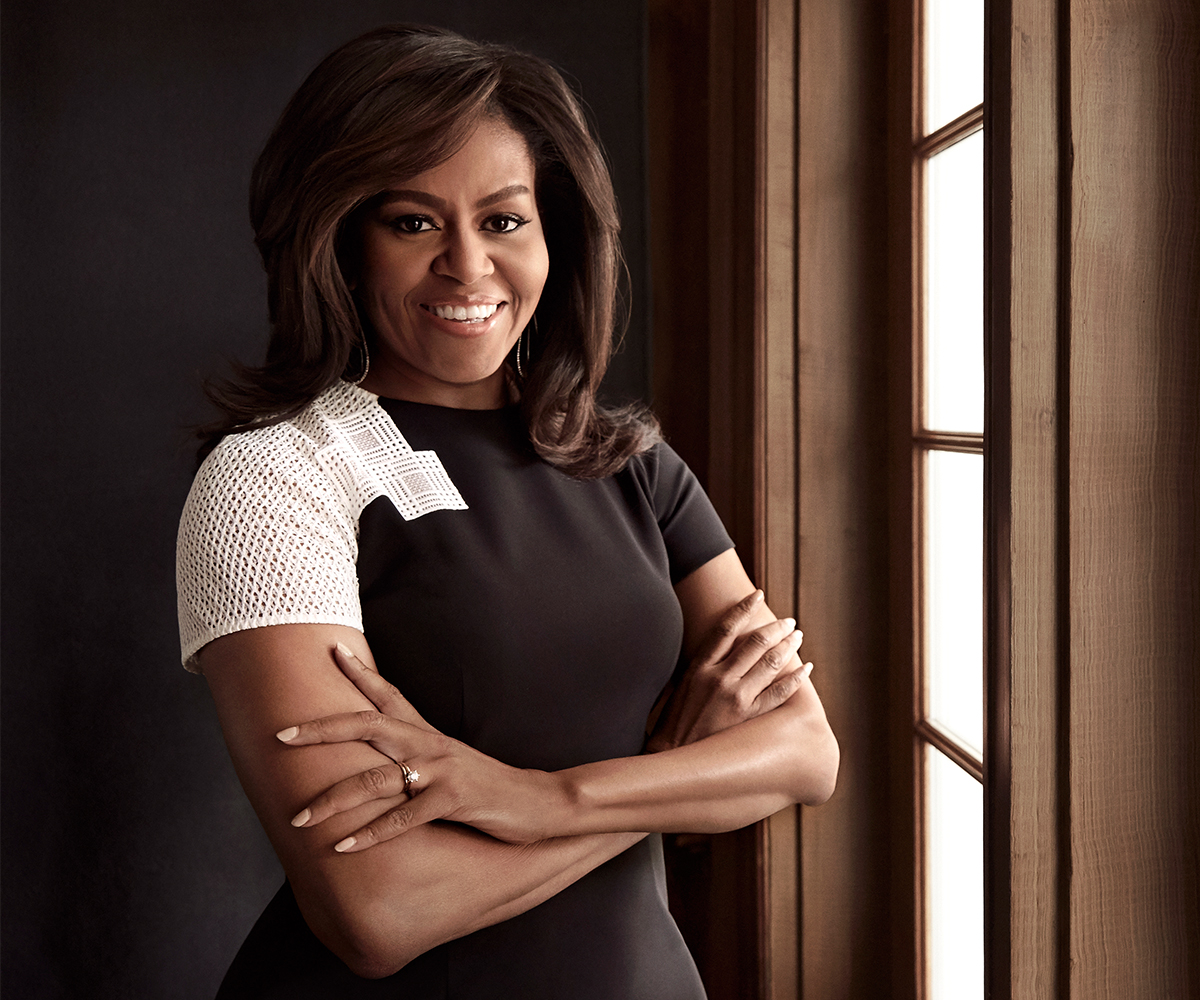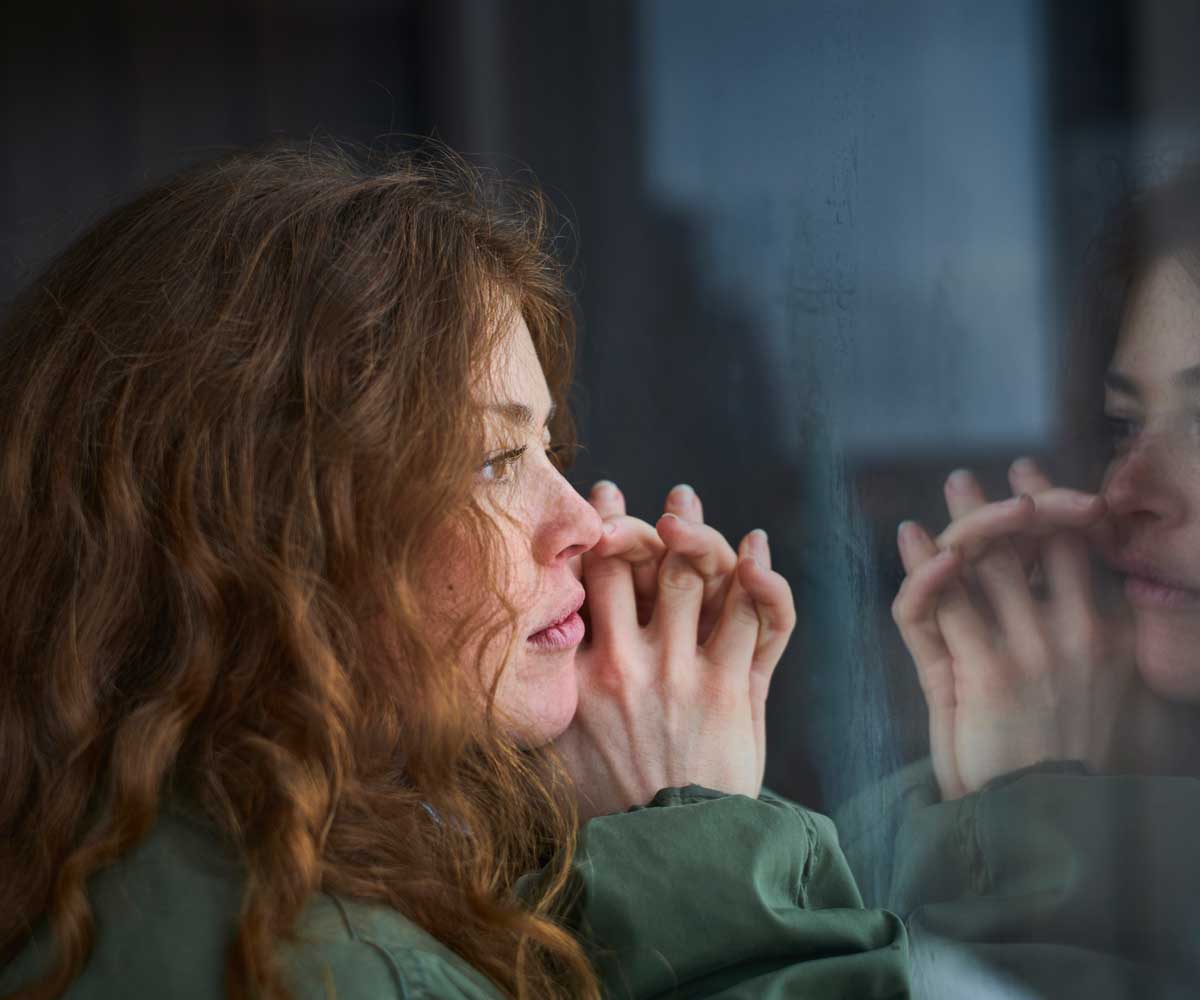She has arrived in Washington with the force of a tornado, a whirlwind presence who, even before touching down on Capitol Hill, had shaken up the political establishment.
Less than two years ago, Alexandria Ocasio-Cortez was tending bar and serving tables in a Manhattan taco and tequila bar.
Now this 29-year-old has become the youngest person ever to win election to the United States Congress.
America is used to seeing celebrities become politicians – Ronald Reagan, Arnold Schwarzenegger, and most recently, of course, Donald Trump.
But Ocasio-Cortez has reversed that process. She’s a politician who has become a celebrity.
In a measure of her star power, this daughter of The Bronx is now known simply by her initials, AOC.

At 29, Alexandria Ocasio-Cortez is the youngest person ever to win election to the United States Congress.*Image: Getty
In 20 years of covering US politics, I have never witnessed a new arrival in Congress make such an immediate splash.
It has delighted her admirers on the left of the Democratic Party – AOC describes herself, unapologetically, as a “democratic socialist” – and seemingly inflamed her conservative Republican detractors.
On the eve of her swearing in as a congresswoman, apparently in an attempt to smear and shame her, opponents leaked a video showing her dancing playfully on a rooftop during her student days in Boston.
“Here is America’s favorite commie know-it-all acting like the clueless nitwit she is …” read the tweet from an anonymous account that introduced the film clip.
But this attempt at sabotage boomeranged. Her dancing, re-enacting moves from the movie The Breakfast Club, quickly became a viral sensation.
The next day, AOC followed up by manufacturing her own meme, a clip showing her dancing in Washington’s corridors of power, her trademark smile spread across her face.

Not only did it show her cheeky sense of mischief, but also her social media smarts. When she posted the video on Instagram, it accumulated over 3.5 million views.
Her Twitter account, with more than 2.5 million followers, is generating more activity than those of Barack and Michelle Obama, Hillary Clinton and a host of Democratic presidential wannabes combined.
No wonder she’s been called the first political icon of the millennial generation.
Alexandria Ocasio-Cortez has become the most recognisable face of a political revolution that unfolded in last November’s congressional elections – a revolution that’s brought a record-breaking number of women to Capitol Hill.
Now there are 131 female members in the House of Representatives and Senate. Back in the early 1990s, there were just 32.
These “congressional freshmen”, as they’re still labelled in old-fangled Washington, include the first Native American women to serve in Congress and the first Muslim women. Arizona sent its first openly bisexual Senator to Washington. The “good ‘ol boy” state of Tennessee now has its first female Senator.
So, in January, there was a carnival feel when the new Congress met for the first time, with women clumped together on the benches posing for celebratory selfies.
In honour of The Suffragettes, AOC wore a white pantsuit. Rashida Tlaib, one of the first Muslim women elected, dressed in a Palestinian thobe, a kaftan-like garment. Ilhan Omar, another Muslim and the first Somali-American to be sworn in, donned an orange and gold hijab. Debra Haaland, one of the first Native American women, wore indigenous jewellery and intricate embroidery.
Lending a red carpet feel to what is usually a humdrum occasion, Vanity Fair produced a glossy two-page spread featuring six of the new congresswoman, which naturally included AOC.
The Washington Post, struck by the burst of colour in an institution ordinarily dominated by men in grey suits, even sent along its fashion writer to cover this spectacle.
“At the start of the 116th Congress, fashion was not merely a footnote,” wrote Robin Givhan, “it was a rallying cry, a defiant gesture, a point of cultural pride, a glorious, theatrical declaration of self.”
How powerful is House Speaker Nancy Pelosi?
At the centre of this celebration was a 78-year-old veteran who has served on Capitol Hill for more than three decades.
Nancy Pelosi is the House Speaker, a position under the US Constitution junior only to the presidency and vice-presidency.
When first she occupied the post in 2007, Pelosi shattered one of the most resilient glass ceilings in global politics by becoming the only female to wield the Speaker’s gavel.
Now, with the Democrats regaining the House after eight years of Republican rule, she had made a back-from-the-dead comeback. No woman in American political history, including Hillary Clinton, has ever commanded such power.
Nancy Pelosi marked her return by inviting all of her grandchildren to join her on the raised dais where the Speaker sits, along with any other kids who had come to see their mums and dads sworn in.
From all corners, down all the aisles, children came scampering – turning this formal chamber for a brief riotous moment into a giant indoor playground. In the midst of this melee, a beaming Pelosi stood, hand raised, as her solemn oath of office was administered.

Nancy Pelosi and the kids of congress attend her swearing in. Image: Getty
Even as the children returned to their seats, Nancy Pelosi found herself immediately embroiled in one of the ugliest political showdowns Washington has seen in years: a battle over congressional funding for Donald Trump’s wall along the border with Mexico that for 35 days led to a shutdown of the US government.
But Pelosi quickly demonstrated she was more than a match for Donald Trump, especially when it came to playing the political blame game.
When the President stormed out of an angry meeting in the White House Situation Room, bemoaning her stubbornness, she stepped before reporters and told them: “It’s a temper tantrum. I’m the mother of five, grandmother of nine. I know
a temper tantrum when I see one.”
Eventually Donald Trump backed down, the government reopened, and Nancy Pelosi claimed victory. She was widely seen as the skilled matador up against the President’s angry bull.
Her daughter, documentary film-maker Alexandra Pelosi, best summarised her ruthlessness and cunning: “She’ll cut off your head and you won’t even know you’re bleeding.”

Nancy Pelosi on the March 2019 cover of Rolling Stone with three female first-term congresswomen: Jahana Hayes, Alexandria Ocasio-Crotez and Ilhan Omar.
Donald Trump seems at a loss over how to deal with this powerful woman.
Normally he comes up with nicknames to demean his opponents, such as “Crooked Hillary” or “Pocahontas” for Senator Elizabeth Warren, a Democrat who claims Native American ancestry.
But so far he has drawn a blank on this woman six years his senior, and he is the butt of the joke.
After the President’s climbdown over the shutdown, a meme went viral showing a mock-up of Donald Trump’s best-seller The Art of Deal with Nancy Pelosi’s portrait on the cover rather than his.
A backlash against Donald Trump largely explains this political pink wave – although it arrived too late to sweep Hillary Clinton into the White House.
More white women ended up voting for Donald Trump in the presidential election than for their fellow female candidate, a key factor in her defeat.
In the aftermath of Trump’s unexpected victory, however, many women especially felt aggrieved that a billionaire beauty pageant owner, who had been caught on camera boasting about sexually molesting women, had triumphed.
How Donald Trump’s misogyny motivated the political sisterhood
So on the day after his inauguration in January 2017, more than 200,000 women marched on the National Mall in Washington, many wearing pink woollen hats in virulent protest.
With more than three million participating in sister marches across America, that day saw precisely the kind of female mobilisation which would have carried Hillary Clinton to victory had it materialised two months earlier.
If the misogyny of Donald Trump sparked this new sense of political sisterhood, then the #MeToo movement gave it urgent new momentum.
The disgraced movie mogul Harvey Weinstein became the first of more than 200 prominent figures in Hollywood, the media, business and other male-dominated bastions to step down. As each new woman came forward with allegations, and as each new powerful man fell from grace, the movement grew in strength and determination.

The Women’s March on the National Mall in Washington in 2017. Image:Getty
What last November’s elections did was give the Trump effect and Weinstein effect a political focus.
More than 250 women contested those elections, a number that smashed previous records.
Among them were Sex and the City actress Cynthia Nixon, who ran for the governorship of New York, eight female veterans – a former Air Force officer, who had served three tours in Afghanistan, a former Navy helicopter pilot, even a one-time CIA agent – and newcomers such as Alexandria Ocasio-Cortez, who had to displace male politicians, years their senior, to even get the chance to run.
History-making though the elections were, Capitol Hill still has a long way to go before being truly representative. Men continue to outnumber women by three to one.
In the previous House of Representatives, there were 23 female Republicans. Now, there are just 13. As the Democratic Party has become more female friendly, the Republican Party has become whiter and more male.
On opening day, this gender gap between the two parties became patently clear when the conservatives benches were crammed with dozens of men wearing dark blue suits and red silk ties. The Democratic benches, by contrast, were in a kaleidoscope of colour.

A sea of women in white for Donald Trump’s State of the Union. Image: Getty
Will this pink wave usher in kinder, gentler politics, or help fumigate the toxicity that’s poisoned Washington politics now for decades? Not necessarily.
Shortly after being sworn in, the Muslim congresswoman Rashida Tlaib raised eyebrows by dropping the f-bomb, as she called for the impeachment of the President.
“We call ourselves the bad-asses,” said Congresswoman Chrissy Houlahan, a former Air Force officer, describing the rebel girl spirit of this Democratic sisterhood.
But the character of what has long been a strongly patriarchal institution will surely change.
In addition to Nancy Pelosi, women are already occupying more positions of power. AOC has a seat on an influential oversight committee.
For the first time in the history of the US Senate, two Republican women will now serve on the powerful Judiciary Committee, the body the Supreme Court justice Brett Kavanaugh and his accuser Christine Blasey Ford appeared before during his angry confirmation battle.
When Donald Trump delivered his State of the Union in early February, many of the female lawmakers, including Nancy Pelosi, again wore Suffragette white – an extraordinary tableau of sisterhood.
Then they pumped the air and high-fived when Donald Trump acknowledged the history of this moment, coming “exactly one century after Congress passed the constitutional amendment giving women the right to vote,” as he put it.
Nancy Pelosi also produced another viral moment, her sideways clapping for the presidency, which seemed at once polite and mocking, became the photograph of the night.

Still, for all the joy and empowerment on display from those women in white, the chairmanships of most of the powerful committees on Capitol Hill remain just that, chairmanships. And on that historic opening day of Congress, in what looked and sounded like flagrant sexism, Republican House members broke with convention by booing Alexandria Ocasio-Cortez when the time came for her swearing in.
What this new critical mass of women is likely to do is reorder Washington’s priorities, with family-friendly policies given more attention. History shows female members of Congress push more than men for legislation on issues such as health, education, and housing.
Many of the new female arrivals campaigned on stopping family separation at the Mexican border, the Trump administration policy of taking children from their parents while their immigration status is assessed.
Debra Haaland is determined to shine a spotlight on Native American women who are missing and murdered. “Congress has never heard a voice like mine,” she said on arrival in Washington. The same is true of so many of her new colleagues.
So women are coming to the fore as never before. As The Australian Women’s Weekly predicted last year, three female Democratic Senators have announced they are running for the presidency: Elizabeth Warren, Kirsten Gillibrand of New York and Kamala Harris, an African-American Californian sometimes described as the female Obama.
The list of female presidential candidates also includes Senator Amy Klobuchar of Minnesota, Congresswoman Tulsi Gabbard from Hawaii, and Marianne Williamson, Oprah Winfrey’s spiritual advisor.
The irony is they are all being upstaged right now by one of the oldest women on Capitol Hill, Nancy Pelosi, and the youngest.
Some of Alexandria Ocasio-Cortez’s most devoted fans would doubtless like her to mount a presidential bid herself. But not so fast. Under the rules of the US Constitution, drafted all those years ago by America’s Founding Fathers, the 29-year-old is six years too young to do so.
.jpg) Getty Images
Getty Images


